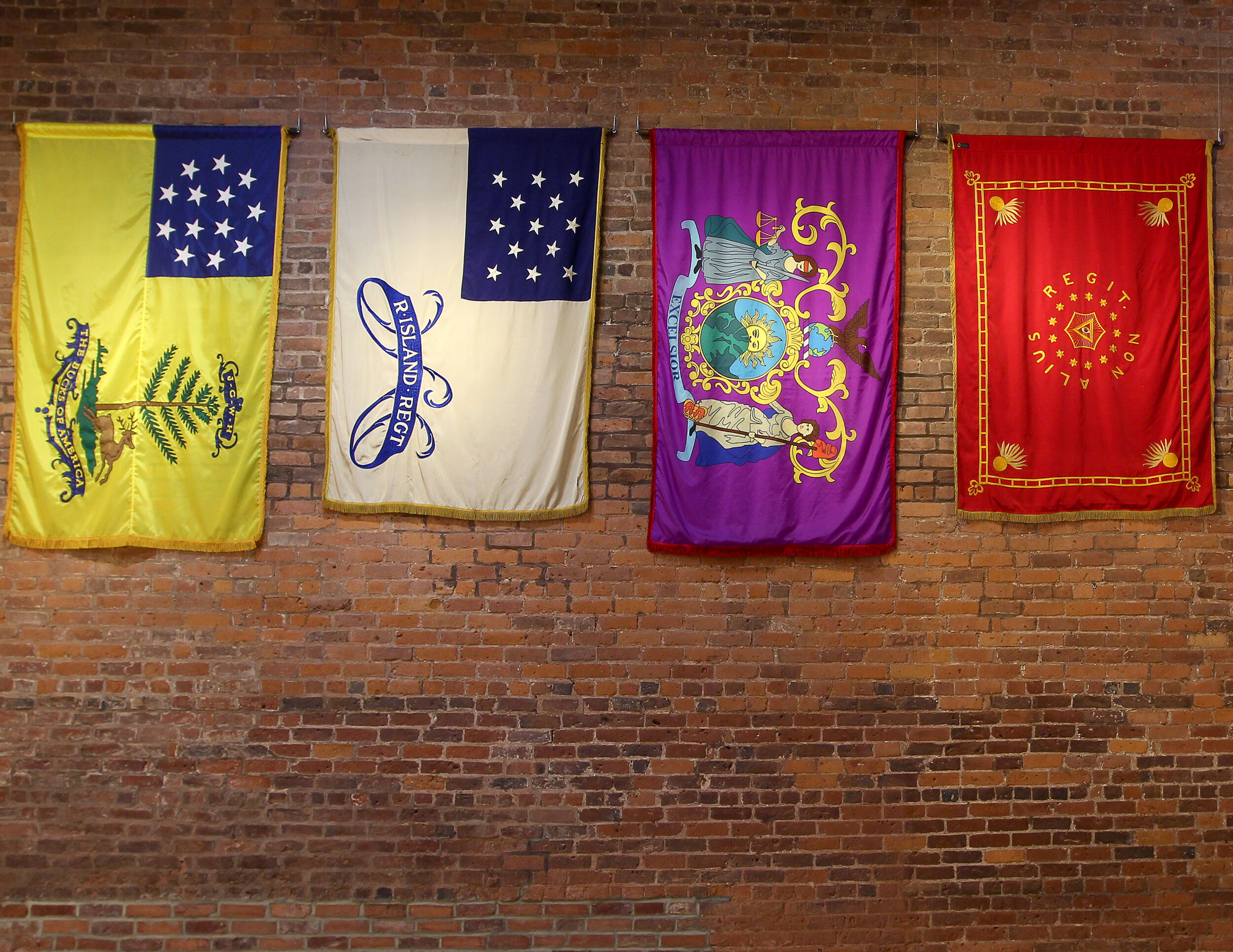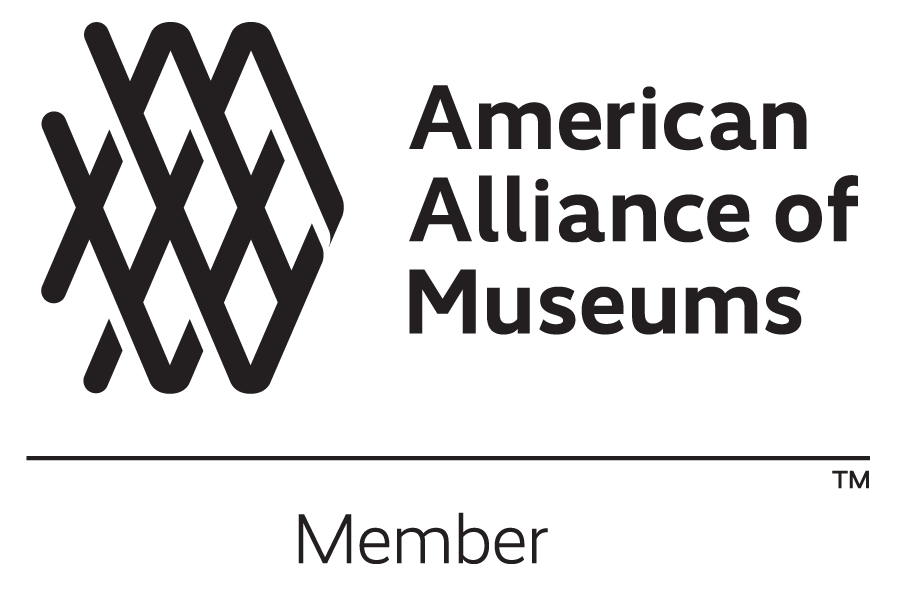Understanding Regimental Flag Design
Modern flags originated in medieval Europe from heraldry designs, like those you might see on family crests and coats of arms. Symbols like the fleur-de-lis were used for centuries and therefore easily recognizable. But colonists crafting their own designs used a distinctive mix of Old and New World imagery.
Two conventions that carried over from European flags are the corner canton and Latin mottos. The canton is the spot in the top left corner of a flag. It was considered the most important spot on a flag because it is the only place you can see when the wind is not blowing. Symbols in the canton, like Great Britain’s Union Jack, often identify a group’s connection to a larger entity, like the British Empire.
Colonists decorated their flags with images of what was around them, like native plants and animals or weapons. Other common images included allegorical people and objects, English mottos, and religious symbols. Color schemes were predominantly red, white, and blue thanks to the influence of the British Empire. The histories of these flags and their designs can be shrouded in lore and often rely on conjecture to tell their stories.





